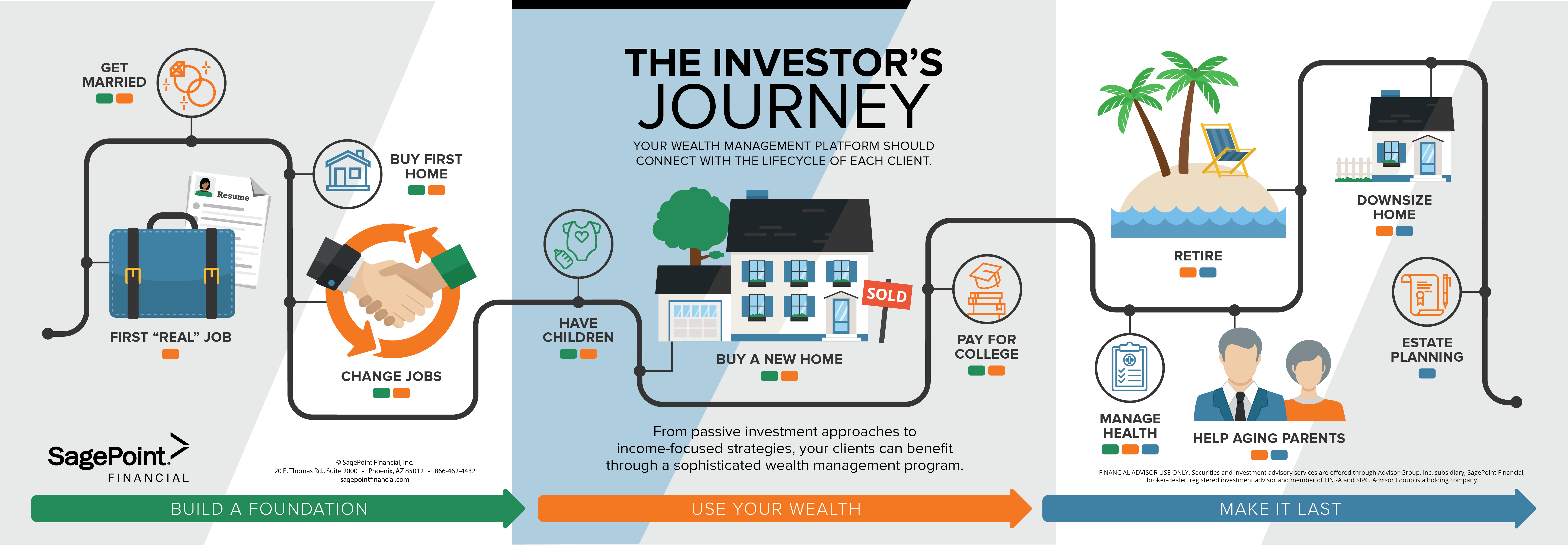Capitalize On Class Bonds In Property To Open A Domain Of Regulative Compliance And Facilities Commitments
Capitalize On Class Bonds In Property To Open A Domain Of Regulative Compliance And Facilities Commitments
Blog Article
Article By-Simonsen Lee
When it comes to navigating the complexities of the property industry, understanding the ins and outs of subdivision bonds is crucial. From making sure conformity with neighborhood laws to meeting facilities commitments, these bonds hold substantial importance in advancement projects. Yet just what are the intricate details behind subdivision bonds and just how do they effect numerous stakeholders in the realty sector? Let's reveal the basics that can aid you make informed decisions and successfully navigate the world of class bonds in realty.
Objective of Subdivision Bonds
Comprehending the purpose of community bonds is vital for real estate programmers aiming to follow neighborhood regulations and ensure financial obligation. These bonds function as a form of guarantee to neighborhood municipalities that the essential framework renovations will be finished by the programmer.
By posting a neighborhood bond, you're basically promising to complete the required public improvements, such as roads, pathways, and energies, within the specified duration.
As a developer, safeguarding a class bond demonstrates your dedication to fulfilling your commitments and safeguarding the community's interests. It supplies guarantee to the city government that the recommended class won't end up being a burden on taxpayers if the project is left unfinished. In addition, having a neighborhood bond in position can improve your reputation in the industry and develop trust with stakeholders.
Kinds Of Class Bonds
Separate between the different kinds of class bonds to identify which ideal fits your job's needs. There are 3 primary types of class bonds typically used in the real estate industry: Performance bonds, repayment bonds, and maintenance bonds.
Performance bonds ensure that the developer completes the subdivision based on the approved strategies and policies. If the developer stops working to do so, the bond will cover the costs to finish the job. Settlement bonds guarantee that all subcontractors and distributors are paid for their work on the community. If the developer defaults on payments, this bond supplies monetary defense to those celebrations. Maintenance bonds, on the other hand, make certain that the developer preserves the neighborhood facilities for a specific duration after completion. This bond covers any type of repair services or upkeep required during that time.
Comprehending the differences in between these sorts of subdivision bonds is vital in picking the most proper one for your details project requirements. Each type offers an unique function and uses various forms of security, so it's necessary to review your project's requirements very carefully prior to making a decision.
Requirements for Community Bonds
To ensure compliance with regulations, designers seeking subdivision bonds have to satisfy details needs set by regulatory authorities. Parties to a Bid Bond are vital for the effective issuance of neighborhood bonds. Here are https://www.ledgerinsights.com/blockchain-sureties-guarantees-italy/ need to meet:
- ** Financial Stability **: You should demonstrate financial stability and the capacity to cover the costs associated with the neighborhood project.
- ** Experience and Track Record **: Having prior experience in property development and a favorable track record can raise your possibilities of qualifying for a neighborhood bond.
- ** Conformity with Zoning Legislations **: Ensuring that your community plans align with local zoning legislations and guidelines is crucial for bond approval.
- ** Environmental Influence Analysis **: In some cases, you may need to perform an environmental impact evaluation to review the job's impacts on the environment and resolve any problems.
Fulfilling these requirements is crucial for getting a community bond and progressing with your realty growth project.
Final thought
Since you understand the importance of community bonds in the realty industry, remember that they resemble a safeguard for both designers and neighborhoods.
Just like a safety harness maintains a tightrope pedestrian protected, community bonds make sure that projects are finished properly and in conformity with guidelines.
By picking the appropriate bond and meeting all needs, you can navigate the property landscape with self-confidence and comfort.
